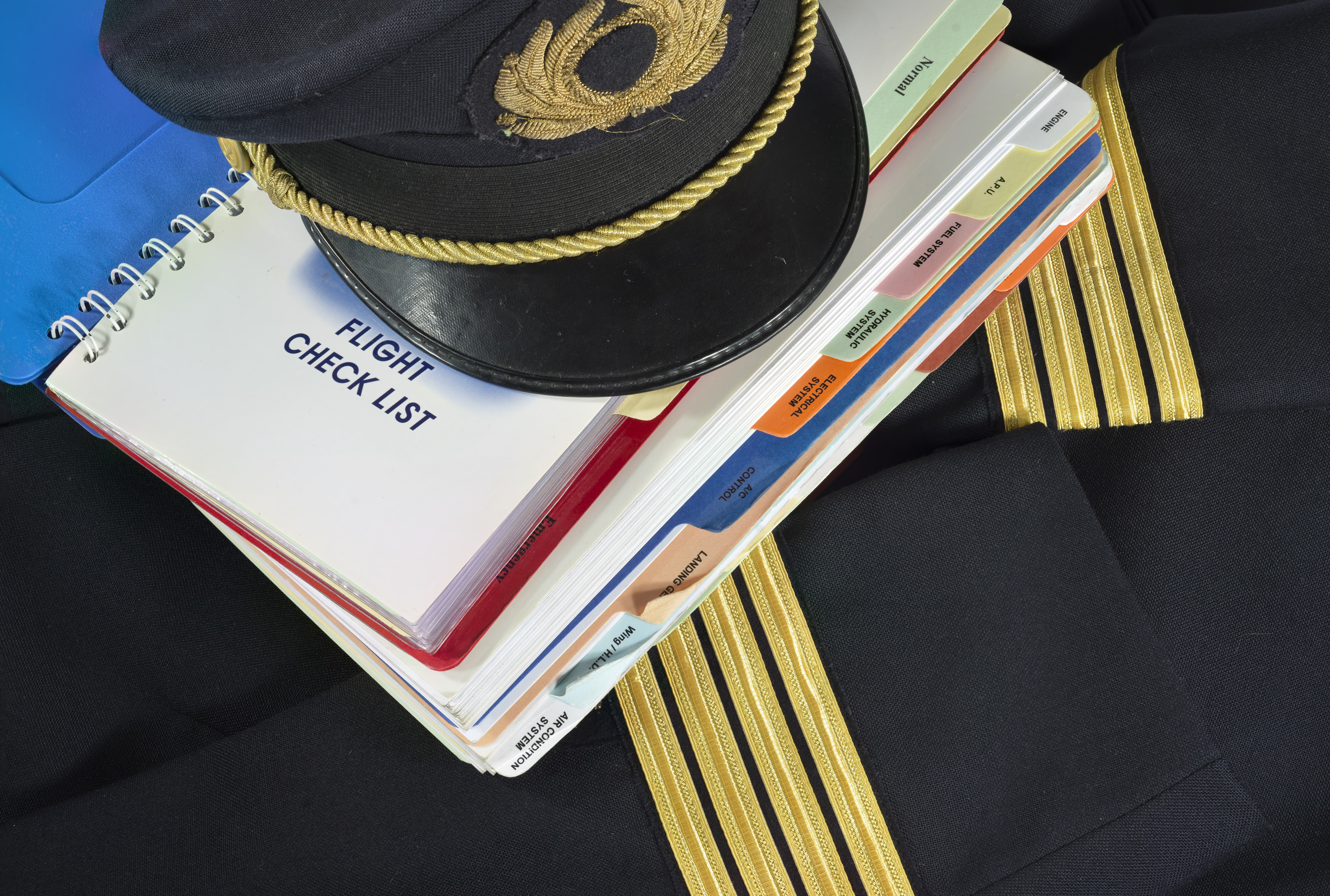
By: Jim Nortz
 On Oct. 30, 1935, at Wright Field in Dayton, Ohio, a sleek new airplane rolled out onto the tarmac for its second evaluation flight. The plane was a Boeing Model 299, participating in a competition against entries from Martin and Douglas for a contract to build 200 bombers for the U.S. Army Air Corps.
On Oct. 30, 1935, at Wright Field in Dayton, Ohio, a sleek new airplane rolled out onto the tarmac for its second evaluation flight. The plane was a Boeing Model 299, participating in a competition against entries from Martin and Douglas for a contract to build 200 bombers for the U.S. Army Air Corps.
The four-engine aluminum-skinned aircraft was piloted by Maj. Ployer P. Hill and his co-pilot, Lt. Donald Putt. Also aboard was Boeing’s chief test pilot, Leslie Tower, Boeing mechanic C.W. Benton and Henry Igo, a representative of Pratt & Whitney, the engine manufacturer. On the ground was a small crowd of military officers and Boeing executives.
Expectations for this test flight and the Model 299 were very high. It was one of the most advanced aircraft ever built, and it had significantly outperformed the competition in previous evaluation flights. After being cleared for takeoff, the Model 299 roared down the runway, left the ground and made a smooth climb to 300 feet. However, the aircraft suddenly stalled, turned on one wing, crashed and erupted in flames.
Putt, Benton and Igo, although badly burned, managed to escape from the aircraft. Hill and Tower were pulled from the burning wreckage but died later of their injuries. An investigation later found that pilot error had caused the crash: Hill, who was unfamiliar with the aircraft, had neglected to release the lock on the elevator and rudder controls before takeoff.
In the extended post-mortem that followed the crash, there was much discussion about whether the Model 299 was too much plane for pilots to handle. Until that time, flying an aircraft had taken some skill and nerve but was viewed more or less like starting a car and taking a drive on the highway.
This “seat-of-the-pants” flying style was inadequate for more advanced aircraft, however. Boeing’s new plane required the pilot to manage the complexity of attending to four engines, retractable landing gear, new wing flaps, electric trim tabs that needed adjustment to maintain control at different airspeeds and constant-speed propellers whose pitch had to be regulated with hydraulic controls, among other features.
Boeing lost the Army contract. But the Army Air Corps was so impressed with the performance of Model 299 that it purchased 12 for further evaluation. Fortunately, the pilots called upon to fly these aircraft realized they had to develop a practical strategy to deal with the complexity. They needed to make sure that every required task was done and nothing was overlooked. This challenge resulted in the development of pilots’ checklists.
The checklists included detailed procedures for takeoff, flight, before landing and after landing. As they used the lists, pilots discovered that the Model 299 was not too much airplane for one person to fly. It was simply too complex for any one person’s memory.
With rigorous training and use of the checklists, the 12 Model 299s were flown 1.8 million miles without a serious accident. Eventually, the Army ordered 12,731 planes of this model, later dubbed the B-17 Flying Fortress—probably the most significant air weapon of its time.
Leaders of businesses large and small can benefit from the lessons learned during this important time in aviation history. Business leaders face the same kind of challenge the early Model 299 pilots faced: complexity that exceeds any one person’s ability to manage without well-designed procedures to check the status and performance of critical systems. Like the Model 299, many companies crash and burn because of an inadvertent failure to complete checks necessary to ensure a safe “flight.” As the pilot or a crew member of your firm, you have an ethical obligation to make sure you are well-trained and have the procedures necessary to manage your enterprise risks effectively.
So take a step back for a moment and think about your firm as a complex machine. Think about its most critical systems and ask yourself whether you have any means of knowing how well these systems are functioning. For example, you might ask:
- Do we routinely check the status and performance of our financial controls to ensure they produce accurate financial statements and prevent fraud?
- Do we check the performance of our quality controls to make sure we minimize waste and product defects?
- Do we have an effective way of monitoring changes in the laws relating to our business and responding to them in a timely manner?
- Do we check the performance of our safety, health and environmental controls to make sure we minimize the risks of employee injury and environmental harm?
- Do we know whether our people are sufficiently well trained to do their work safely and in accordance with laws and ethical standards?
Most importantly, you might ask, “How can we best routinely integrate the answers to these questions and other important questions in a way that systematically gives our management team a line of sight to the performance of such critical systems?”
Migrating from a seat-of-the-pants approach to business management to a more systems-oriented one has many potential benefits. In addition to reducing cognitive overload, it is a way to standardize results and engage in continuous improvement and collective learning.
Just as in the early days of aviation, developing the systems necessary to achieve these ends is a significant challenge. But it may be the best way to ensure that you and your team take off and land at your intended destination without incident over the long term.
 Jim Nortz is a nationally recognized expert and thought leader in the field of business ethics and compliance.
Jim Nortz is a nationally recognized expert and thought leader in the field of business ethics and compliance.
Jim spent the first 17 years of his career as a litigator trying both criminal and civil cases before becoming Crompton Corporation’s first Vice President, Business Ethics and Compliance in 2003.
Since then, Jim has served as a compliance officer at Crompton and for four other multinational corporations, as well as Corporate Compliance Director at Sutherland Global Services. Currently he serves as Chief Compliance Officer for Carestream Health.
Mr. Nortz is a frequent guest lecturer at the University of Rochester’s Simon School of Business, RIT’s Saunders School of Business, St. John Fisher College and Nazareth College.
Jim writes the monthly business ethics columns for the Association of Corporate Counsel Docket magazine and the Rochester Business Journal and is a contributing writer for Corporate Compliance Insights and The Business Journals.
Jim served on the Board of Directors for the Ethics and Compliance Officers Association (“ECOA”) for eight years. He currently serves on the Board of the Rochester Area Business Ethics Foundation and is a member of the Rochester chapter of Conscious Capitalism.
Published by Conselium Executive Search, the global leader in compliance search.

